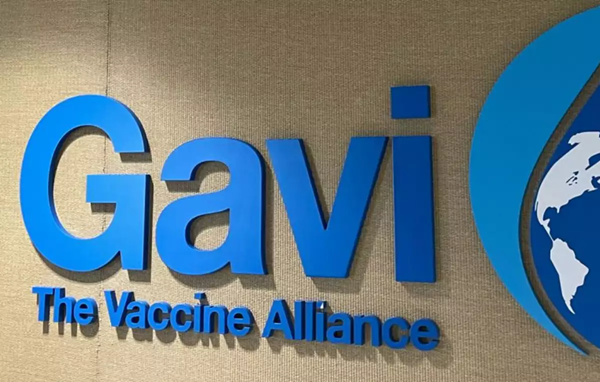
In 2023, over 1.3 million future deaths were averted through vaccination programmes supported by Gavi, the Vaccine Alliance.
This impressive achievement, which equates to more than two lives saved every minute, was detailed in Gavi’s 2023 Annual Progress Report, published today. The report also highlights significant advancements in preventing cervical cancer through HPV vaccinations and a record level of co-financing from Gavi-supported countries.
The report reveals that 69 million children were immunised in 2023, marking the second-highest number of children vaccinated in a single year. Since Gavi’s founding in 2000, over 1.1 billion children have received routine childhood vaccinations, contributing to immense public health and economic benefits. The economic value of these immunisations to Gavi-supported nations since 2021 is estimated at US$52 billion.
A major highlight of the year is the progress made against cervical cancer. In 2023 alone, 14 million girls were vaccinated against HPV, surpassing the total number vaccinated in the previous decade. Thanks to Gavi’s support, over 600,000 future deaths from cervical cancer have been prevented, and the Alliance is on track to reach 86 million girls by 2025.
Additionally, Gavi-supported countries demonstrated increased financial commitment to their immunisation programmes. Domestic resources mobilised in 2023 reached a historic US$215 million, the largest ever. This financial ownership is a cornerstone of Gavi’s sustainability approach, with 55 vaccination programmes, initially funded by Gavi, now fully financed by national governments.
“By vaccinating children and the vulnerable, we not only enable millions of people to lead healthier lives but also contribute to economic development. This is already evident in countries paying more towards their immunisation programmes than ever before,” said chair of the Gavi board, José Manuel Barroso.
CEO of Gavi, Dr. Sania Nishtar also emphasised the importance of continued global investment: “Gavi countries are on the front line of climate change and economic instability. Fully funding Gavi for its next five-year period will be crucial in expanding these gains and helping countries sustain their immunisation programmes.”
Gavi’s progress against its six mission indicators for 2021-2025 is promising. The Vaccine Alliance is on track to reach 300 million children, reduce under-five mortality by 10 per cent and prevent 7-8 million future deaths by 2025. The economic benefits of these efforts are projected to reach US$80-$100 billion.
However, Gavi faces challenges in meeting its target of reducing “zero-dose” children—those who have never received a vaccine—by 25 per cent by 2025. The number of zero-dose children rose to 11 million in 2023, driven by the COVID-19 pandemic, rising birth rates and challenges related to climate change and fragility.
Looking ahead, Gavi aims to secure US$9 billion in funding for its 2026-2030 strategic period. This funding will be essential to expanding vaccine protection, reaching vulnerable populations and safeguarding against future outbreaks and pandemics.
“Vaccines are among the most powerful inventions in history,” said WHO director-general, Dr. Tedros Ghebreyesus. “With continued investment in Gavi, we can save millions of lives in the coming decades.”

